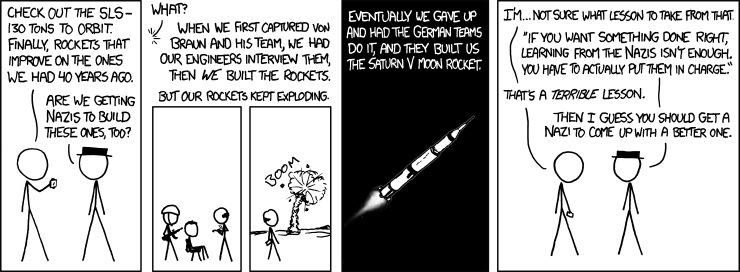Artful Dodger
"Neko no me"
From the SEC filing:Not sure if this has been posted. Tesla got another 5B RMB (about $700m) loan from China Merchants Bank according to SEC filing.
"On September 26, 2019, Tesla Automobile (Beijing) Co., Ltd. (“Tesla Beijing”), a subsidiary of Tesla, Inc. (“Tesla”), entered into a Facility Agreement and a related Statement Letter (together, the “China In-Transit Financing Facility”) with China Merchants Bank Co., Ltd., Beijing Branch (“CMB”) for an unsecured 12-month revolving facility of up to RMB 5.0 billion to finance vehicles in-transit to China."
So Tesla is accessing more revolving (90 day) loan money to deliver buckets full of Chinese-made Models 3. That's roughly enough money to finance 14K Model 3s at a time.
Further, if Tesla can simple maintain its existing 18 day's of inventory benchmark within its operations in China, then the above is also a big enough revolving loan for approx. 270K cars per year. So that syncs up well with initial production targets for GF3 Phase 1 of 5K/wk or 250K/yr achieved sometime in 2020.
I think I just heard the mike drop.
Cheers!
Last edited:



